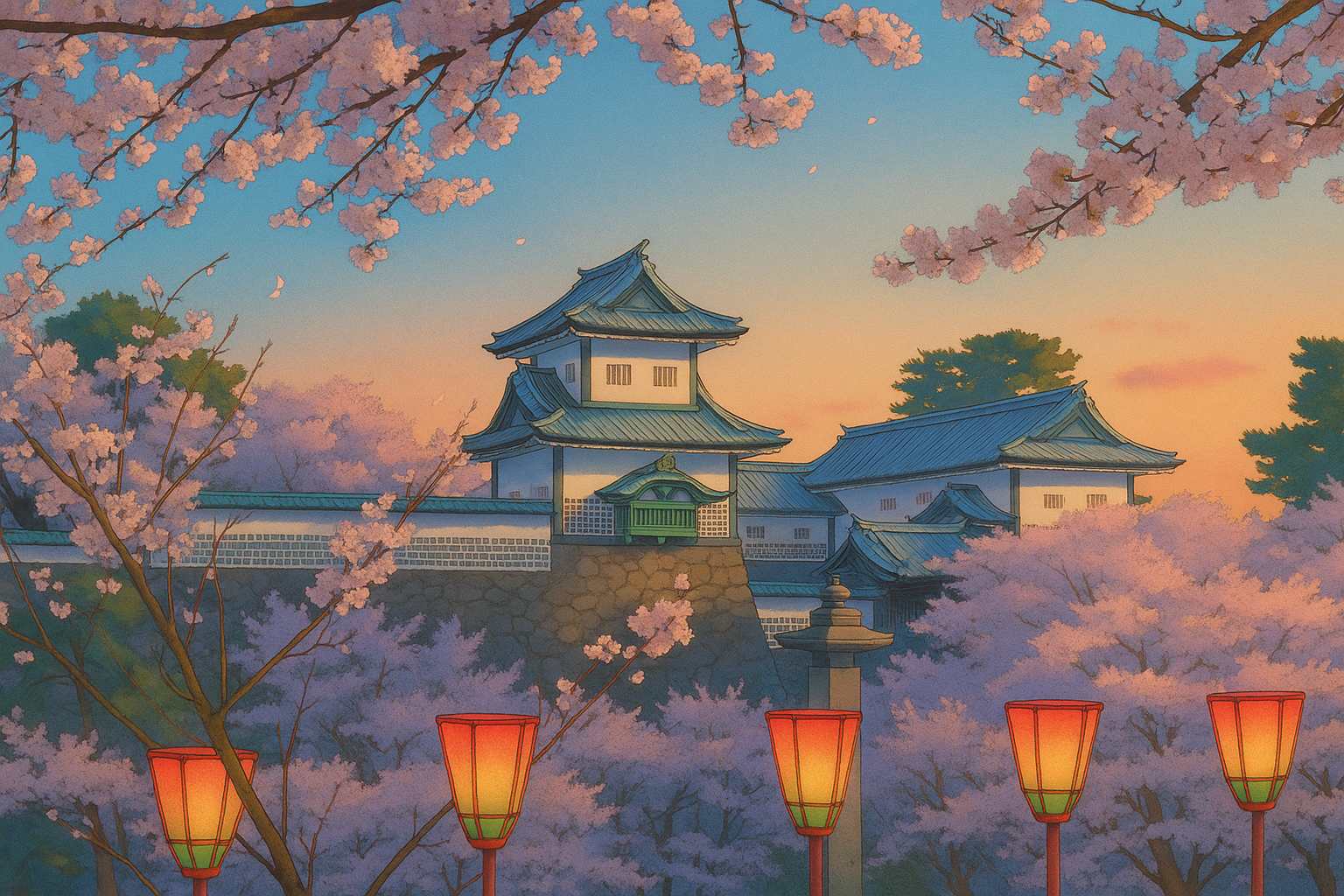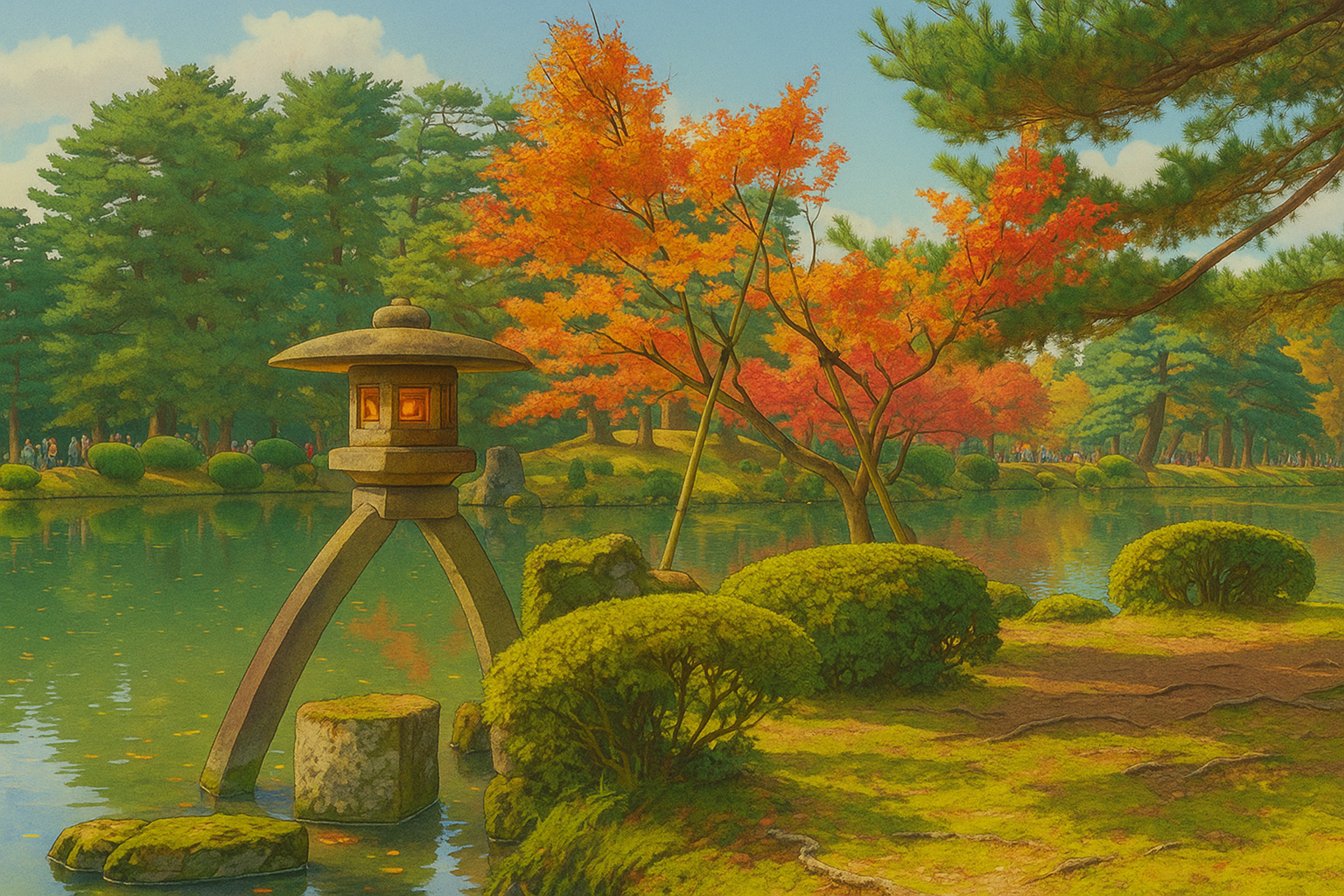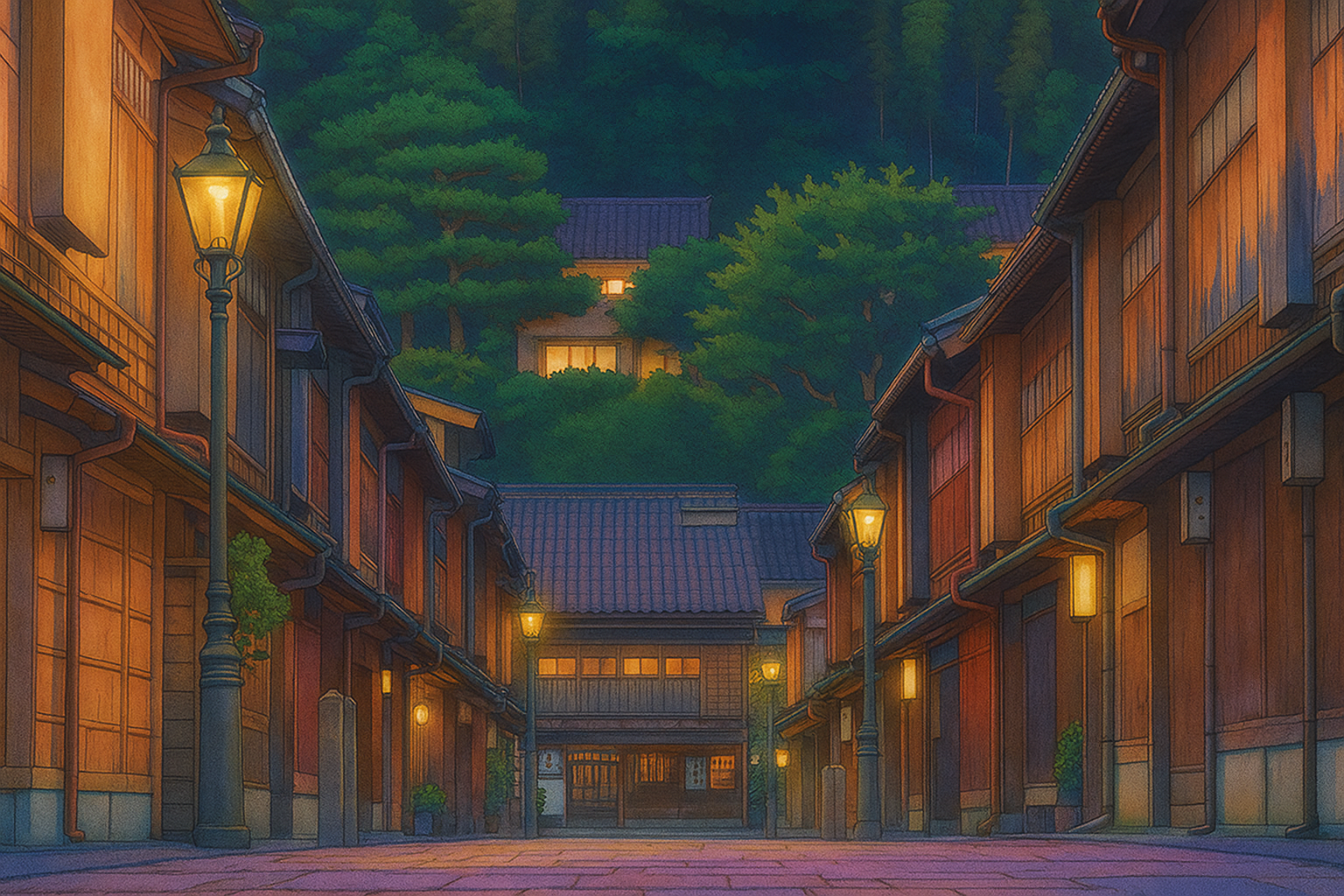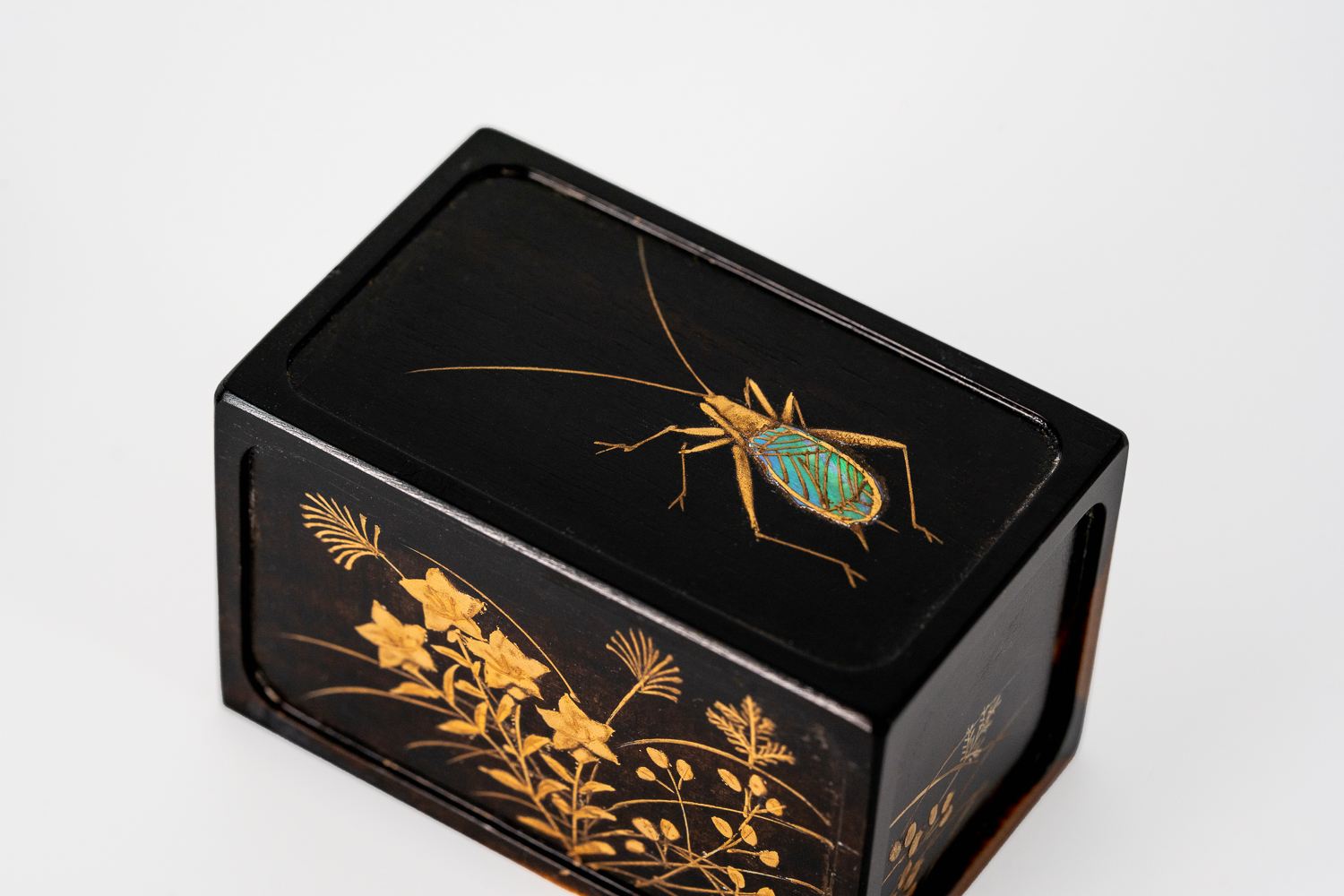
Incense Box “Akikusa ni Mushi” – Autumn Fragrance and Ceremony
This elegant rectangular Urushi incense box is traditionally used in Japanese tea ceremonies. Originally, a small piece of wood was placed inside and delicately sprayed with fragrance before the ceremony began – not only to prepare the space aromatically but also to open and harmonize it on a spiritual level. Today, finely crushed Japanese incense sticks may also be used (please do not light them).
The use of such a box is a gesture of mindfulness and cultural dialogue: it is customary for guests to inquire about the origin or symbolism of the box – a quiet exchange that reflects appreciation and depth.
The boxes presented at the SHIKI Boutique feature typical autumn motifs such as bell crickets (Suzumushi), field crickets (Kurotonbo), bellflowers (Kikyo), or pampas grass (Susuki) – all traditional symbols of Japan’s autumnal nature. These motifs not only highlight the season but also express the fleeting beauty of the moment – a central theme in the spirit of the tea ceremony.


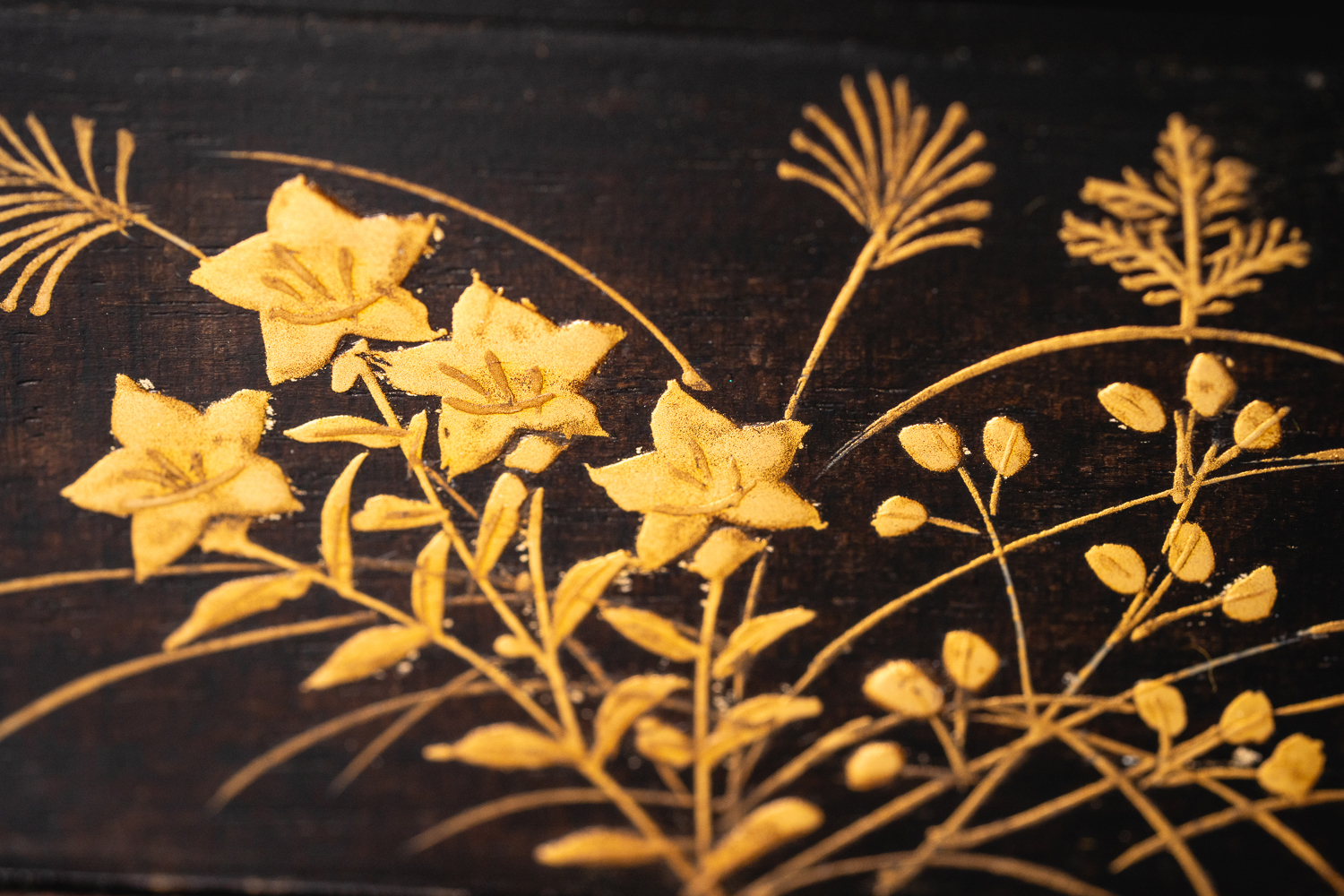
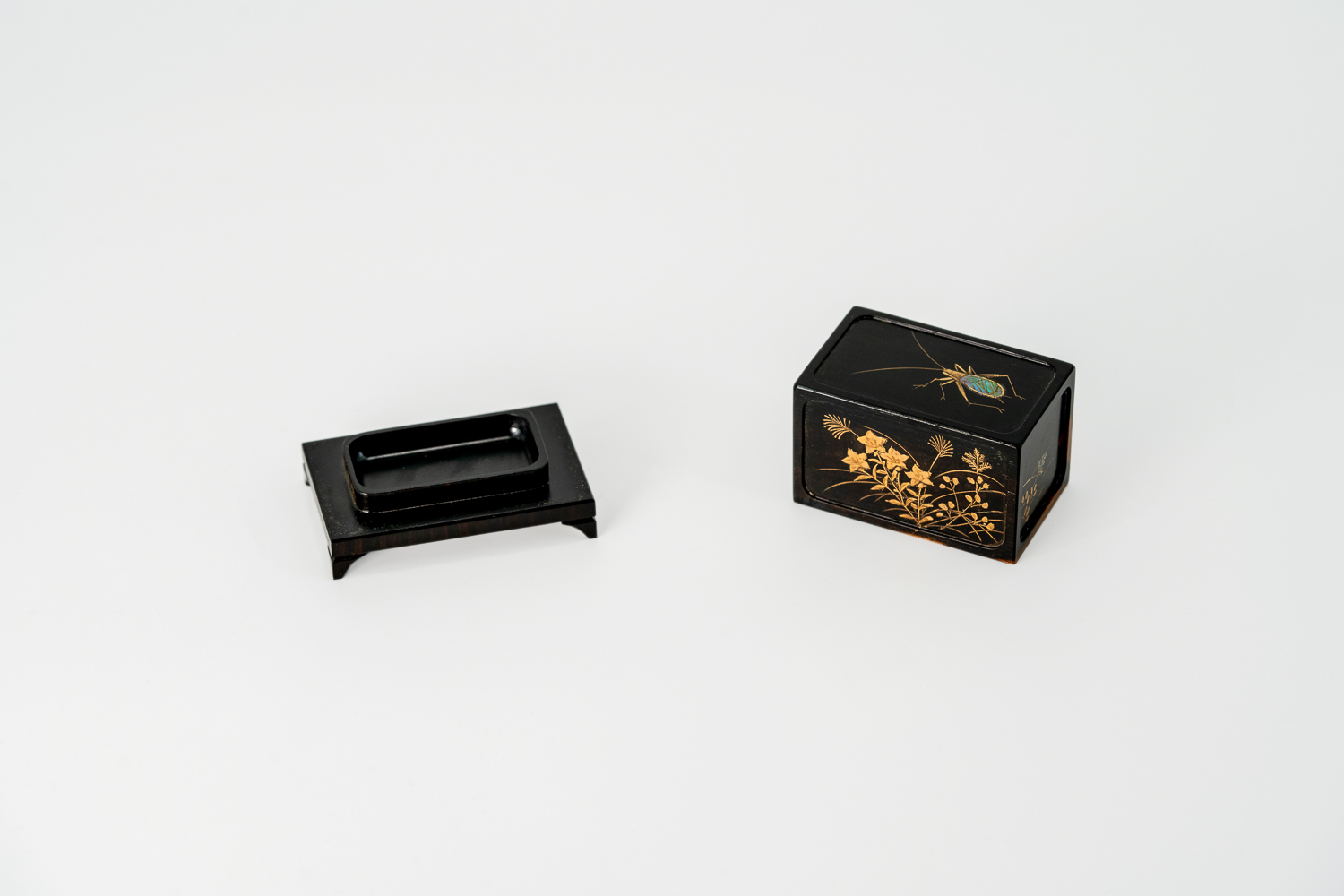

From Kanazawa (Ishikawa Prefecture)
Kanazawa is located in Ishikawa Prefecture on the west coast of Honshu, about two hours from Tokyo by Shinkansen. The name literally means “golden marsh” and stems from a legend that gold flakes were once found in a potato field.
Since the 16th century, Kanazawa was the seat of the Maeda lords, which led to a flourishing period as a cultural and political center of the region. The city was well fortified, yet also rich in temples and gardens—most notably Kenroku-en, one of the “Three Great Gardens of Japan.”
